- Details
- S. Andrea Sundaram
- Sound Reasoning
 In January 2012, I wrote about a few new binaural releases, including Chesky Records’ Explorations in Space and Time. One thing that made this album different from others was that it came with two versions of the recording: one for playback over headphones, and the other over loudspeakers. That seemed, to me, a great solution, because binaural recordings often sound a little odd when played through a typical loudspeaker-based setup. Always the innovator, David Chesky thinks he’s come up with an even better way. The new Binaural+ Series is made with a kunstkopf, or dummy head -- a model of a human head with microphones at the ear positions -- but Chesky claims that his new method employs special filters that deliver a stunning spatial experience for both the headphone enthusiast and the traditional audiophile. The first two complete albums in his Binaural+ Series have now been released.
In January 2012, I wrote about a few new binaural releases, including Chesky Records’ Explorations in Space and Time. One thing that made this album different from others was that it came with two versions of the recording: one for playback over headphones, and the other over loudspeakers. That seemed, to me, a great solution, because binaural recordings often sound a little odd when played through a typical loudspeaker-based setup. Always the innovator, David Chesky thinks he’s come up with an even better way. The new Binaural+ Series is made with a kunstkopf, or dummy head -- a model of a human head with microphones at the ear positions -- but Chesky claims that his new method employs special filters that deliver a stunning spatial experience for both the headphone enthusiast and the traditional audiophile. The first two complete albums in his Binaural+ Series have now been released.



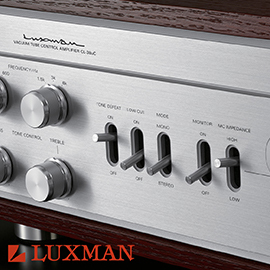




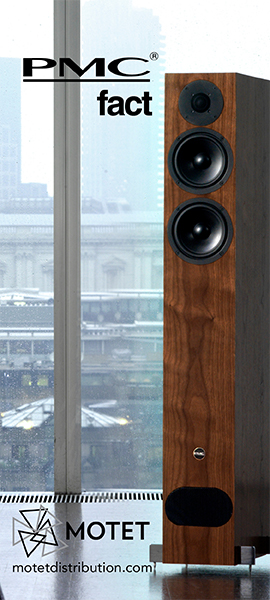











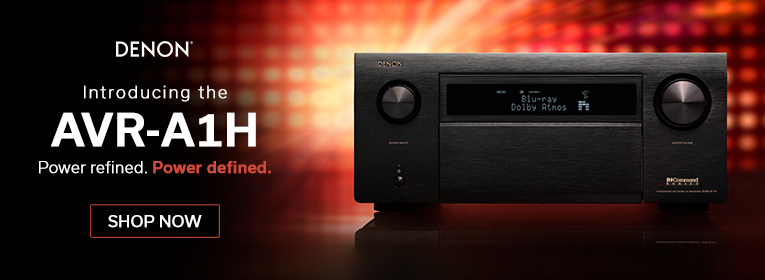

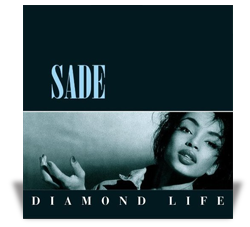 Diamond Life was the 1984 debut album of the British group Sade, fronted by Nigerian-born, British vocalist Helen Folasade "Sade" Adu. Its smooth, sophisticated soul/pop sound took it to No.2 on the UK pop charts and, the following year, to No.5 on the US charts. Sade (the group) went on to release other chart-topping albums, and Adu is the top-selling British female solo artist of all time. In the nearly 30 years since Diamond Life’s release, much has been written about album, singer, and group. I have nothing original to add to that discussion, and won’t recap it here; this article is specifically about the new LP reissue of Diamond Life from Audio Fidelity (AFZLP 089).
Diamond Life was the 1984 debut album of the British group Sade, fronted by Nigerian-born, British vocalist Helen Folasade "Sade" Adu. Its smooth, sophisticated soul/pop sound took it to No.2 on the UK pop charts and, the following year, to No.5 on the US charts. Sade (the group) went on to release other chart-topping albums, and Adu is the top-selling British female solo artist of all time. In the nearly 30 years since Diamond Life’s release, much has been written about album, singer, and group. I have nothing original to add to that discussion, and won’t recap it here; this article is specifically about the new LP reissue of Diamond Life from Audio Fidelity (AFZLP 089).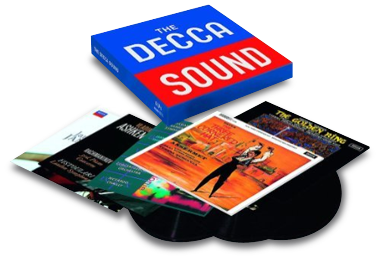 One of a few record labels that dominated the classical-music recording industry in the latter half of the 20th century, Decca had exclusive contracts with some of the best-known individual artists, conductors, and orchestras, and collaborative relationships with many others. In November, Decca released a 50-CD boxed set to celebrate their recorded legacy of over 60 years. The repackaging of older recordings in boxed sets is nothing new, and this one wouldn’t be noteworthy but for the fact that Decca has taken a tack different from the usual ploy of pulling off the shelf random recordings of headliner names. While the track list is littered with familiar names, the recordings included have been chosen to showcase the technical accomplishments of Decca’s storied engineering staff -- which is why the compilation is titled The Decca Sound. A collection of highlights has been released on a five-CD set, and six titles have been pressed on 180gm vinyl -- more on these LPs anon.
One of a few record labels that dominated the classical-music recording industry in the latter half of the 20th century, Decca had exclusive contracts with some of the best-known individual artists, conductors, and orchestras, and collaborative relationships with many others. In November, Decca released a 50-CD boxed set to celebrate their recorded legacy of over 60 years. The repackaging of older recordings in boxed sets is nothing new, and this one wouldn’t be noteworthy but for the fact that Decca has taken a tack different from the usual ploy of pulling off the shelf random recordings of headliner names. While the track list is littered with familiar names, the recordings included have been chosen to showcase the technical accomplishments of Decca’s storied engineering staff -- which is why the compilation is titled The Decca Sound. A collection of highlights has been released on a five-CD set, and six titles have been pressed on 180gm vinyl -- more on these LPs anon. Digital-to-analog converters (DACs) that can be connected directly to computers are now ubiquitous. Most of these are connected using the USB interface, and many support high-resolution audio (bit depths above 16 and sample rates above 48 kilohertz). That does not make them all the same. Differences in their architectures can affect the digital data even before it gets to the DAC chip. This article will explain some of the transfer methods and how they differ.
Digital-to-analog converters (DACs) that can be connected directly to computers are now ubiquitous. Most of these are connected using the USB interface, and many support high-resolution audio (bit depths above 16 and sample rates above 48 kilohertz). That does not make them all the same. Differences in their architectures can affect the digital data even before it gets to the DAC chip. This article will explain some of the transfer methods and how they differ.